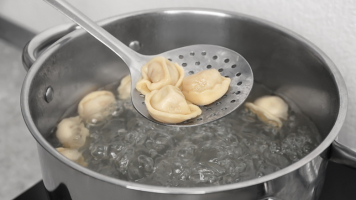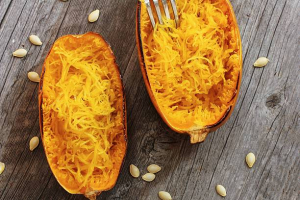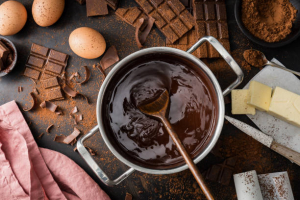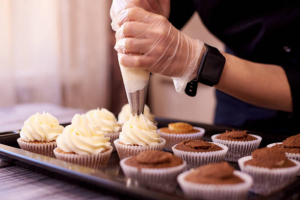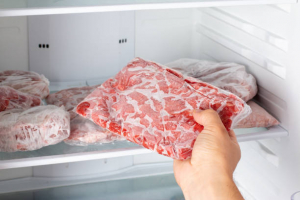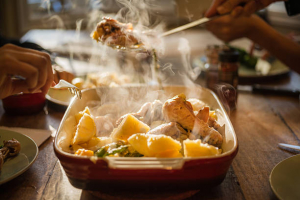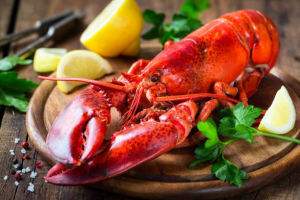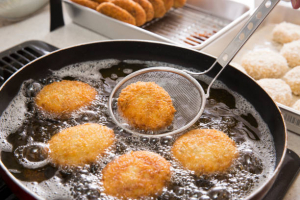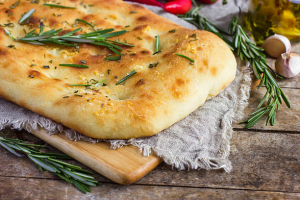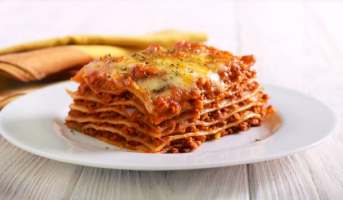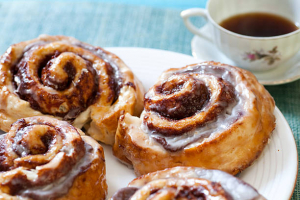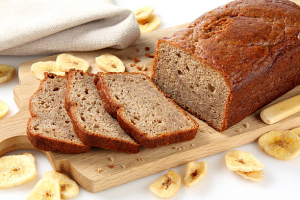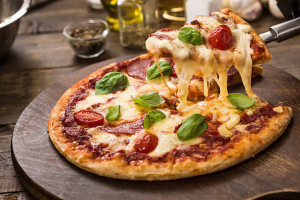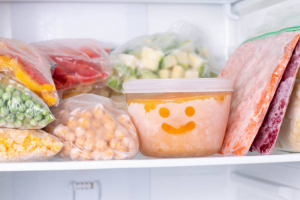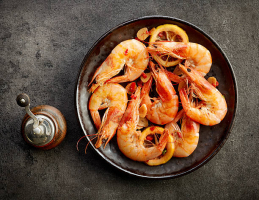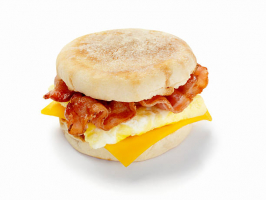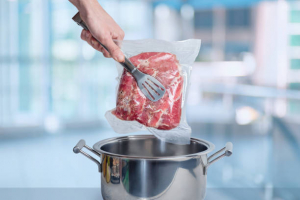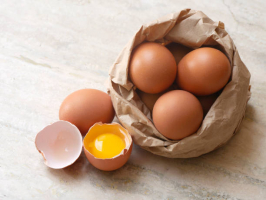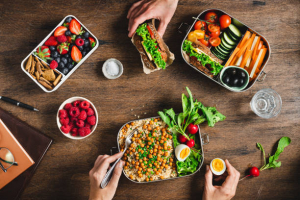Top 14 Biggest Mistakes Everyone Makes When Cooking Quiche
The stuff of dreams is a perfect quiche. A firm, flaky crust topped with a rich, creamy filling speckled with bacon or vegetables makes an excellent breakfast, ... read more...light lunch, or snack. Despite its dubious origins and likely German-inspired name, the dish became popular as a classic French pastry. A perfectly baked quiche can become your go-to dish for any occasion, but poorly made versions may put you off this useful savory pastry for good — which would be a shame. In this article, Toplist will show you the most common mistakes everyone makes when cooking quiche.
-
Not all crusts are the same. Choosing the best type of dough for a quiche is an important step. There are several types of pastry dough, but not all of them are suitable for quiche. Pâte sablée, which is similar to a giant sugar cookie, is great for sweet tarts but would likely clash in a savory application.
A shortcrust dough with no added sugar is ideal for quiche. A shortcrust is a crumbly pie or tart dough with a higher butter-to-four ratio, typically two parts butter to one part flour. Shortcrust is not the same as very flaky dough like laminated puff pastry, which is traditionally made with equal parts butter and flour.
A food processor can be used to make an easy shortcrust for this no-mess Quiche Lorraine recipe. This recipe contains only 12 teaspoons of sugar, so the crust will not be overly sweet. To get a tender crust, don't overwork your dough. The secret to perfect pie dough is to use really cold butter. Chill the butter in the freezer for a few hours before making your crust for the best results, and it won't melt from the heat of the food processor.
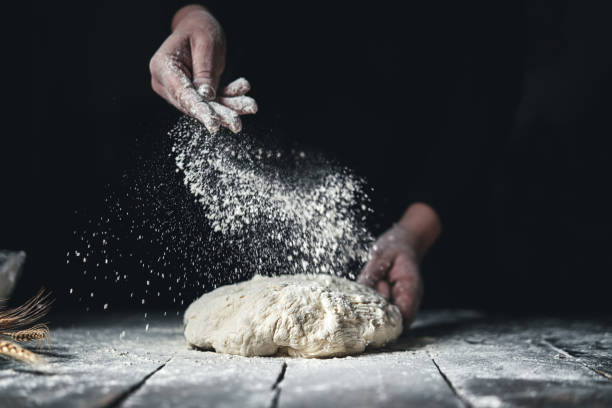
Not using the right type of dough 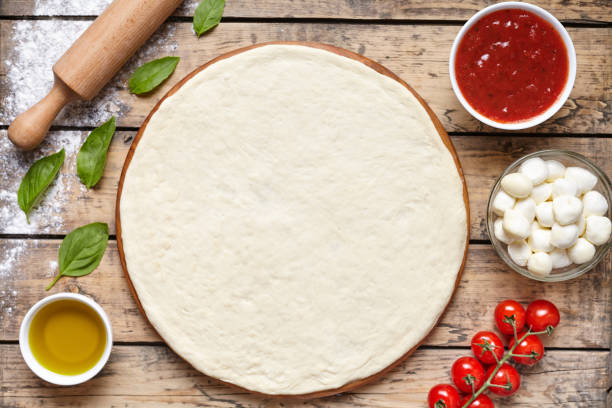
Not using the right type of dough -
The way you roll out your crust has a big impact on the outcome of your quiche. The thickness of your quiche dough, like that of other tarts, is important. If it's too thick, you'll get too much crust in each bite. A thin crust, on the other hand, can easily result in the filling leaking out during cooking. The thickness of two quarters stacked together is about 18 inches thick, which is the best thickness for pie dough.
Roll out the pie dough evenly to achieve a uniform bake on your crust. Rolling out dough on the counter is prone to sticking. If you over-flour the dough while rolling, it will become dry and brittle. There is a simple method for achieving an even roll without sticking. Roll the dough out between two sheets of lightly floured parchment paper, being careful not to overwork it. Roll the dough in the same pattern without applying too much pressure. Instead, place your pin in the center of the dough and gently roll outward, then back towards you. Give the dough a quarter turn between rolls to ensure an even crust without overly activating the gluten.
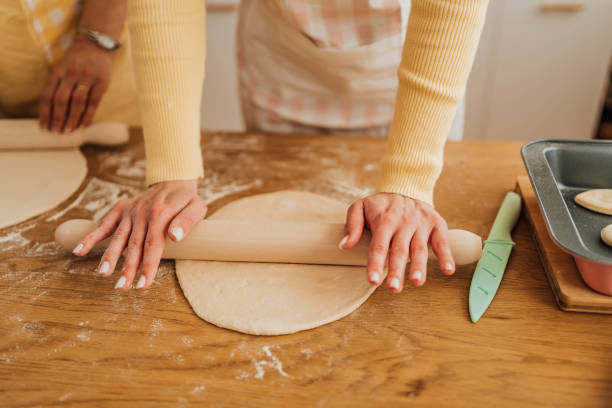
Not rolling out the dough properly 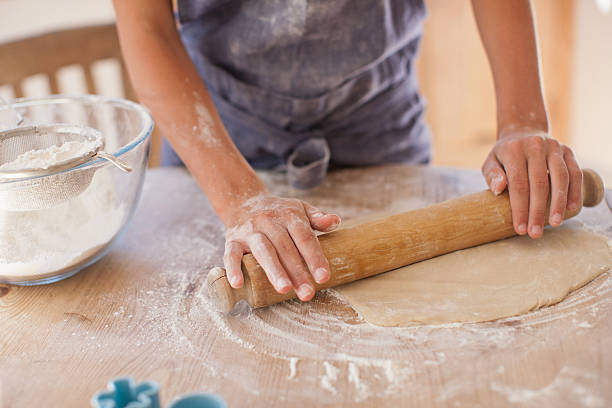
Not rolling out the dough properly -
It is critical to keep the butter cold when making any tart. You must not only start with cold butter, but you must also keep it cold until the crust is baked. You've probably heard that you should chill the dough, but did you know you should double-chill pie dough? Even if you start with ice-cold butter by using the freezer trick, the process of making the dough will warm up the butter. If you roll out the dough right away, you risk activating the gluten. Because butter contains water, and liquid activates gluten, it is critical to keep the butter cold at all times.
After you've made your dough, flatten it into a disc and place it in the fridge wrapped in plastic wrap. Chill the dough for at least 30 minutes and up to 24 hours. The second chill occurs after rolling out the dough. This, once again, has the potential to warm the butter. Chill the dough in your baking dish for at least another 30 minutes before baking.
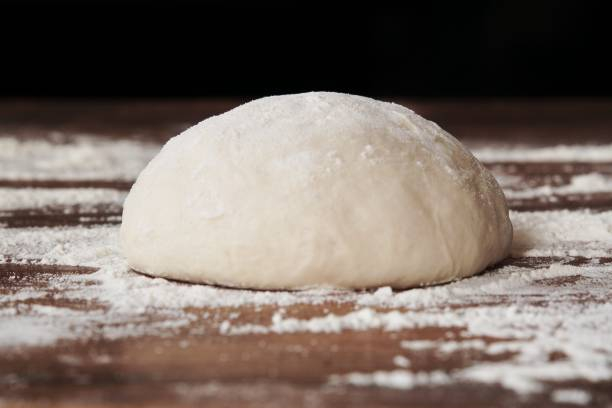
Not chilling the dough 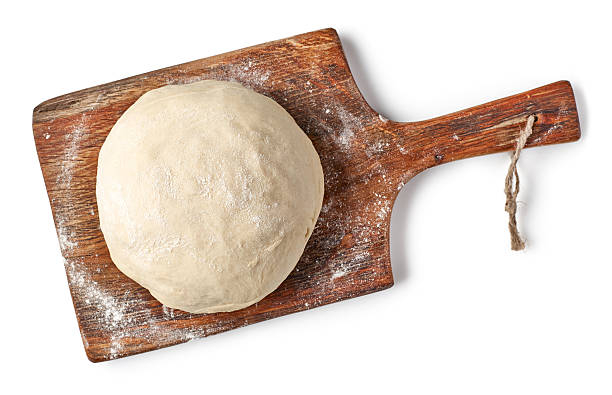
Not chilling the dough -
One common misconception about quiche is that because the filling is baked for a while, the crust and filling can be baked together raw. This would be a huge blunder. Always bake the quiche crust ahead of time. Blind baking refers to the process of baking a pie or tart dough without the filling. What happens if the crust isn't pre-baked? The custard filling will seep into the crust, preventing moisture from escaping. You won't get a crisp crust no matter how long you bake; instead, you'll get that dreaded soggy bottom that bakers fear.
Line your tart shell with parchment paper and fill it with something heavy, such as pie weights or dry beans, to blind bake. This keeps the crust from puffing up while baking. Bake the weighted crust for 20 minutes at 350 F, then remove the weights and bake for another 10 to 15 minutes. Stella Parks suggests using granulated sugar as the pie weight if you don't have any weights on hand. The sugar can even be reused three or four times. Parks observes that the sugar will develop a nice toasty flavor, which is ideal for desserts such as meringues.
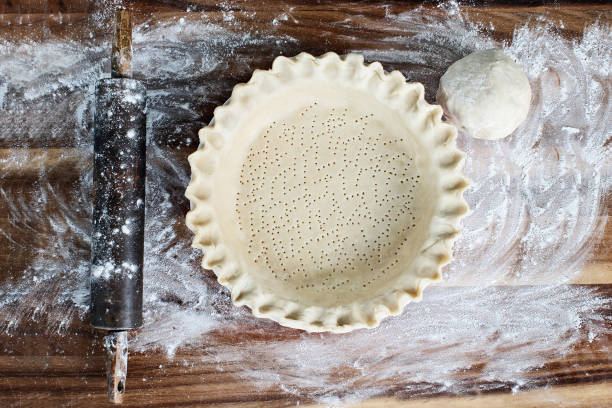
Not blind-baking the crust 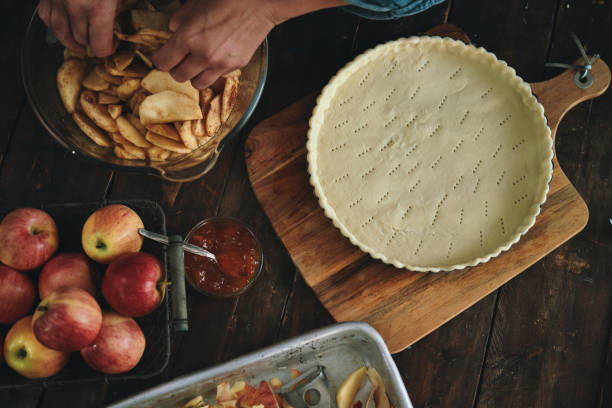
Not blind-baking the crust -
You might think you're ready to add your filling now that you've blind-baked your quiche crust. However, there is one more step you must take to avoid a soggy bottom: brush your pie crust with egg white. This egg wash will serve as a barrier between the crust and the filling.
Brush the inside of your pre-baked crust with a lightly beaten egg white while it is still hot. The residual heat will cook the egg while also sealing the crust. This will keep the liquid filling from leaking through the crust, keeping it nice and crispy, and is especially useful if cracks form in the crust while baking. You won't have to worry about opening the oven to find that your filling has leaked everywhere if you take this quick step.
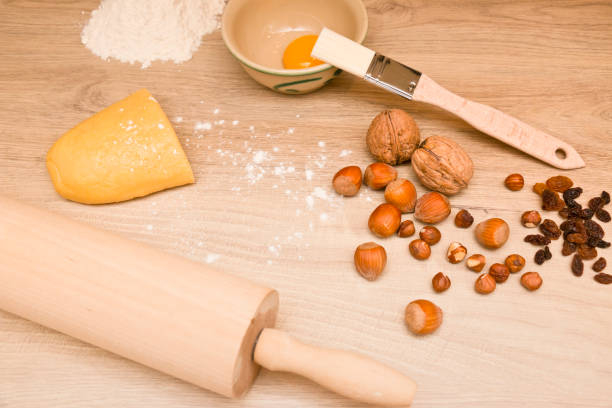
Not brushing the crust with an egg wash 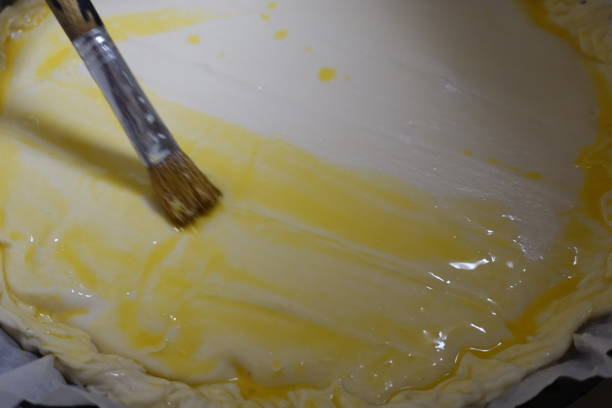
Not brushing the crust with an egg wash -
Because quiche is essentially a savory pie, you should bake it in a pie pan, right? That would be yet another major blunder. Here's why you should never bake quiche in a pie pan. The short answer is that standard pie pans are insufficiently deep for quiche. A two-inch deep springform pan is your best bet. Not only will you achieve the desired height, but your quiche will bake more evenly and you will be able to easily remove and slice it. Instead of a pie dish, use a two-inch high metal pastry ring if you don't have a springform pan.
This is not to say that you can't use a pie pan; in fact, you'll see quiches baked in pie pans all over the Internet. However, most quiche recipes yield too much filling, resulting in an overflowing dish of custard. When possible, use a different vessel and only use pie pans if you don't have any other options.
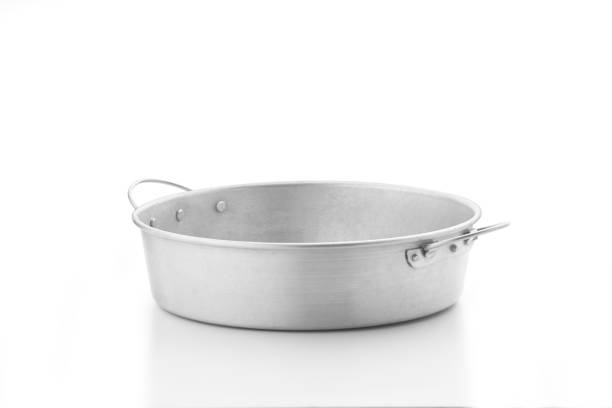
Choosing the wrong baking dish 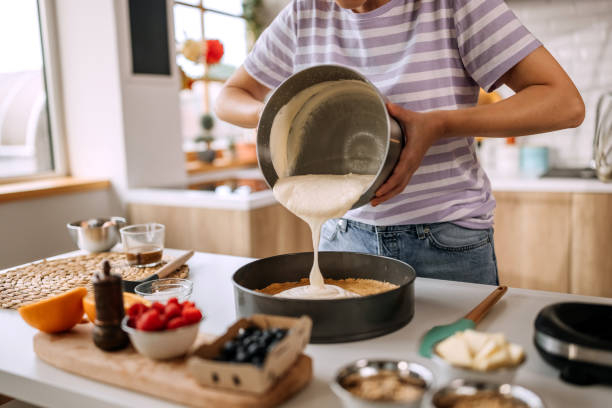
Choosing the wrong baking dish -
Making quiche is not a quick process, but it is critical not to skip any steps in order to save time. Imagine spending hours preparing the perfect-looking quiche only to bite into it and discover that the vegetables are still crunchy. This is most likely due to the use of raw vegetables in the filling. Because most vegetables take longer to cook than custard, you should prepare the vegetables for your quiche filling ahead of time. This is the best way to ensure an evenly baked pastry. Onions, mushrooms, and spinach are best sautéed, whereas broccoli is best roasted or steamed. This not only prevents overly crunchy bites but also helps release moisture from the vegetables, which can ruin your filling.
Similarly, it is best to pre-cook meats for your quiche. Bacon and sausage are high in fat, and you don't want a pool of grease to form in your quiche. Cooking the meats ahead of time allows for better flavor development through browning and renders out the fat, giving you control over the grease level.
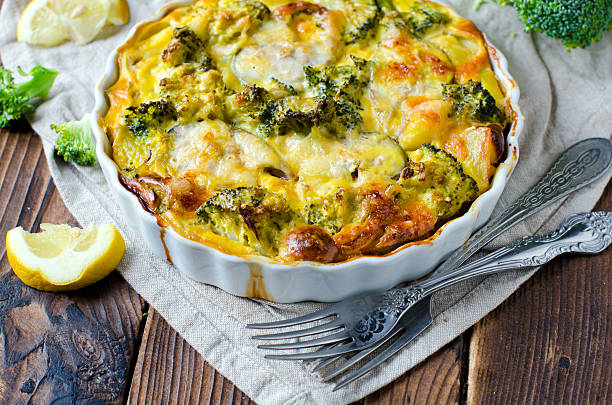
Not pre-baking the vegetables for the filling 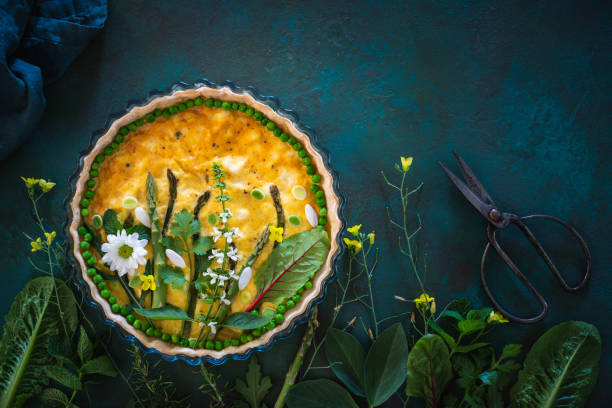
Not pre-baking the vegetables for the filling -
Water is abundant in vegetables. Cucumbers, lettuce, and celery, for example, are composed of more than 90% water. For good reason, you've probably never heard of a cucumber quiche. If your quiche is soggy, it's possible that it's not due to a flaw in the crust or under-baking. Using too much water with the vegetables will result in a soggy quiche.
In your filling, avoid using waterlogged vegetables. Avoiding all water in your filling is nearly impossible with vegetables, but you can take steps to remove as much liquid as possible. Greens, such as spinach, expel a lot of moisture. After cooking, squeeze the spinach to remove any excess water. If you're going to use highly liquid vegetables like tomatoes and zucchini, make sure to pre-cook them first. Raw tomato slices may look lovely, but they will make your quiche appear underbaked.
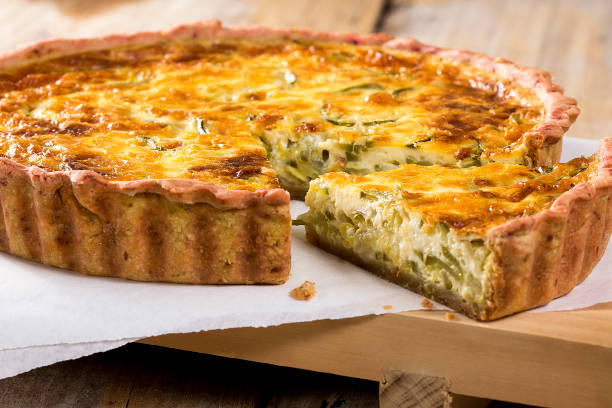
Using fillings that are too wet 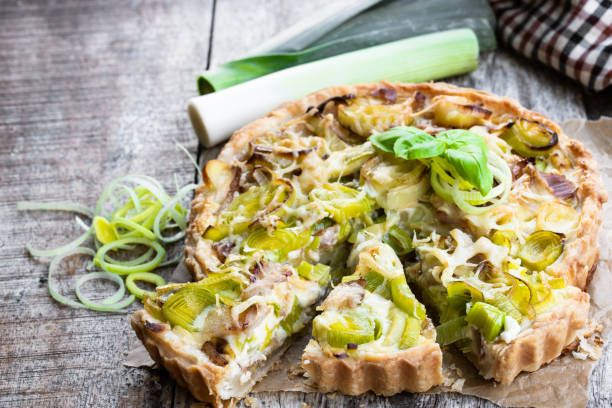
Using fillings that are too wet -
You may enjoy both pepperoni and broccoli, but they do not belong together in a quiche. When deciding what to put in your filling, choose ingredients that complement one another. The classic Quiche Lorraine, a traditional French quiche with bacon, onions, and gruyere, can never go wrong. Ham, cheddar, and broccoli are other classic flavor combinations, as are goat cheese and mushroom, spinach, red peppers, and feta, and smoked salmon and asparagus.
There are countless options for quiche fillings, but don't go overboard. To make your custard, use only a few ingredients. The more ingredients you add, the more likely it is that you will get flavors that clash. Simple flavor combinations are best. When selecting your filling, keep the season in mind. Making use of seasonal vegetables can greatly improve your quiche. A butternut squash quiche would be ideal for the fall, whereas this spring quiche recipe would be ideal for the spring when green vegetables such as leeks, spinach, and arugula are in season.
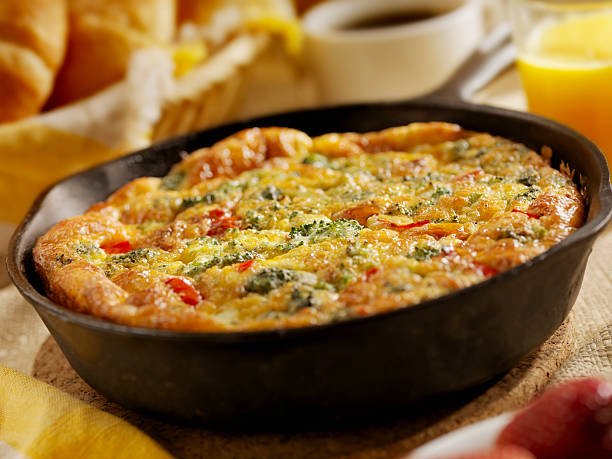
Using the wrong combo of flavors in your filling 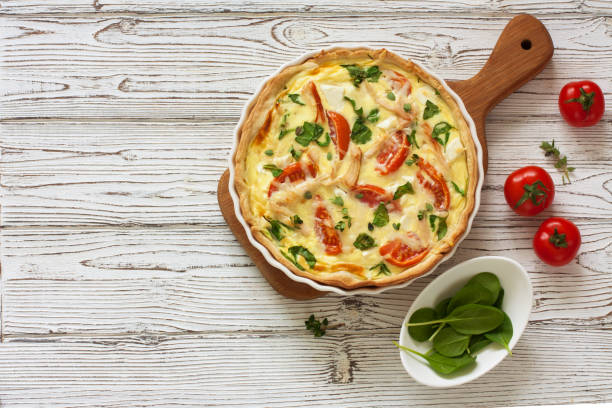
Using the wrong combo of flavors in your filling -
A savory custard tart is a quiche. The incorrect number of eggs can completely derail your brunch. You can use the best ingredients for the filling, but if your egg-to-cream ratio is off, your quiche will lack the luscious texture you expect. The eggs are necessary for the custard's texture. Too many eggs will make your filling rubbery and tough, while too few eggs will result in a runny custard that will not set. So, how many eggs do you need for quiche?
The good news is that you don't need to be a math genius to make this pastry. One egg to one-half cup of cream or milk is the correct ratio for a quiche custard. Your custard should contain three eggs and one and a half cups of liquid for a standard nine-inch quiche. Follow this recipe to achieve the ideal creamy and velvety mouthfeel.
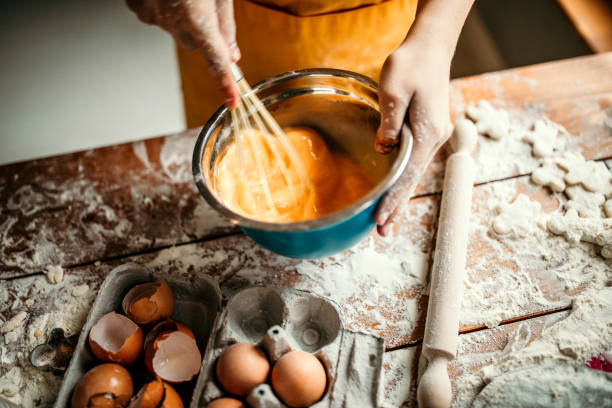
Using the wrong egg-to-cream ratio 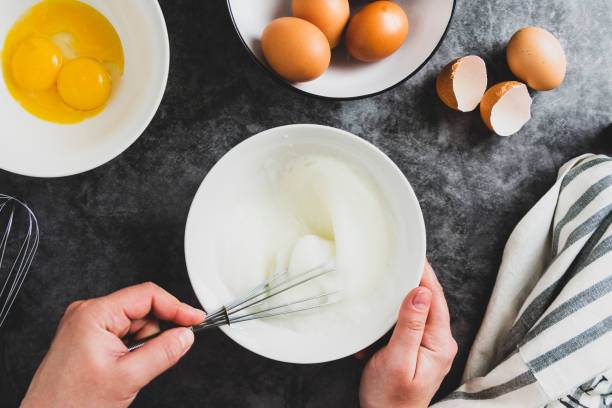
Using the wrong egg-to-cream ratio -
The good news is that you don't need to be a math genius to make this pastry. One egg to one-half cup of cream or milk is the correct ratio for a quiche custard. Your custard should contain three eggs and one and a half cups of liquid for a standard nine-inch quiche. Follow this recipe to achieve the ideal creamy and velvety mouthfeel. The versatile middle rack is probably the one that gets the most use in everyday cooking. It is evenly spaced between your oven's two heat sources.
In most ovens, the bottom rack is just above the heating element, while the top rack is just under the broiler. The bottom rack is ideal for making crusty bread and pizza. The top rack is ideal for browning the top of your dishes, such as garlic bread or casseroles. The bottom rack of the oven is ideal for baking quiche. Being close to the heating element will aid in the browning of the crust while also allowing for an even bake throughout the custard.
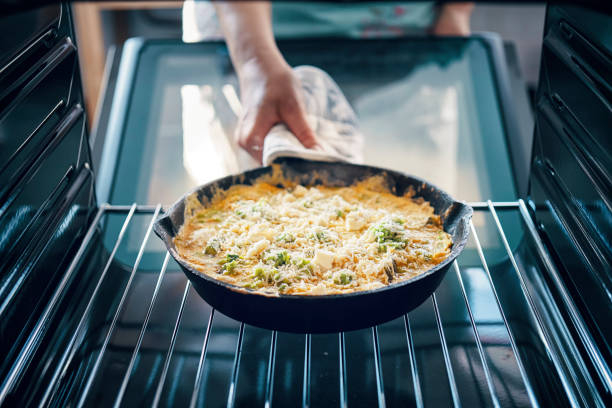
Baking on the top rack 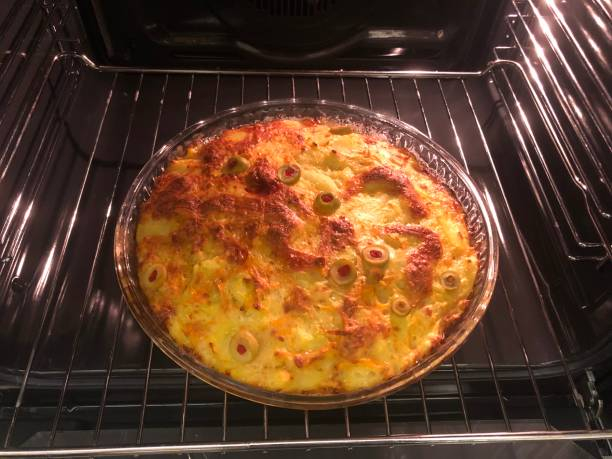
Baking on the top rack -
Many pie recipes call for higher baking temperatures, up to 425 F, but quiche requires a different approach. A high temperature could ruin your carefully crafted custard tart. Some quiche recipes call for baking at 350°F to 400°F, but you should avoid it. This dish requires a lower temperature range. If you've ever noticed your quiche filling puffing up (almost like a soufflé), your oven was probably too hot. Instead of being too eggy, your filling should be velvety.
325 F is the ideal oven temperature for baking quiche. If you blind-baked your crust at 350 degrees Fahrenheit, remember to reduce the oven temperature before baking the filling. This lower temperature will result in a tender, creamy custard rather than a dry, overbaked one. This will also help prevent the top from browning or burning before the center is cooked.
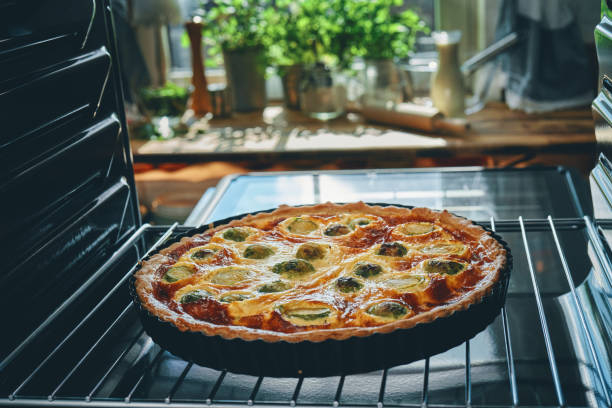
Baking at the wrong temperature 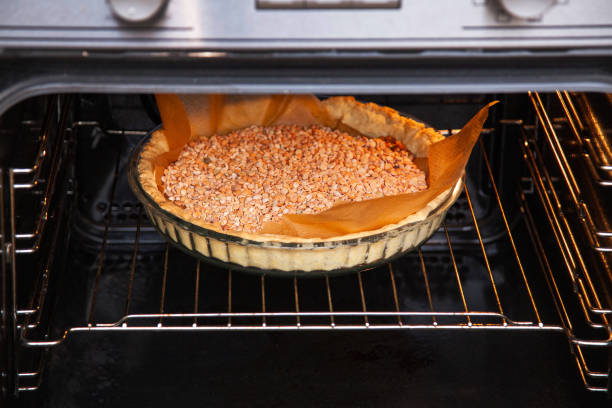
Baking at the wrong temperature -
Here's a well-kept secret. Your quiche should be underbaked. While it may appear counterintuitive, paying attention to a few cues will save you from the overbaked custard. It's difficult to give broad cooking time recommendations. The length of time it takes your quiche to fully cook depends on the size of your pan and the temperature of your oven. Most quiche recipes will call for at least 1 hour of baking time (about 60 to 75 minutes).
Underbaking is preferable. Remove from the oven when the custard is mostly set but still has a little jiggle in the center. It will continue to cook through, achieving the proper consistency by the time it cools, a process known as carryover cooking. If you're still unsure about when to remove the quiche from the oven, use a probe thermometer. The reading in the center should be between 175 and 180 degrees.
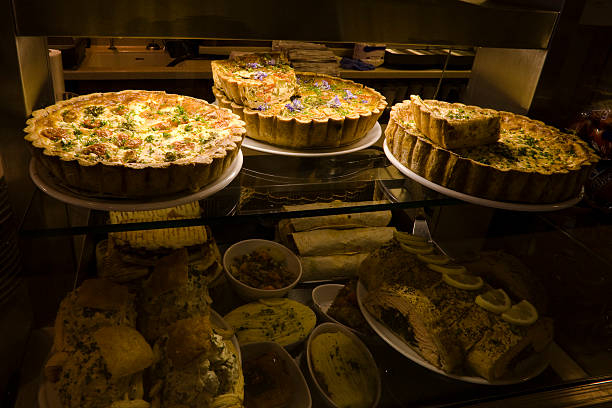
Baking the quiche for too long 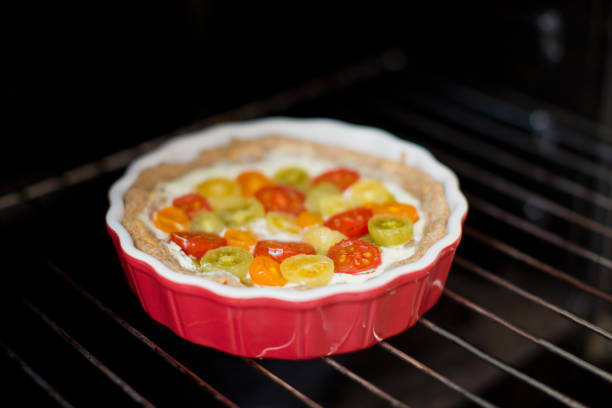
Baking the quiche for too long -
Allowing your quiche to rest is considered part of the cooking process, believe it or not. As tempting as it may be to dive right into your masterpiece, you must exercise patience. Before serving, allow your quiche to cool completely. To begin, the residual heat will finish cooking the center of the quiche. If you eat too quickly, the eggs may be undercooked in the center. Second, allowing the quiche to cool completely rather than eating it after 20 minutes allows the custard to be fully set. For the best custard texture, some chefs recommend baking the quiche the day before serving. Allow it to sit for at least an hour before serving.
While this tart is delicious at room temperature, there are a few ways to reheat it. Reheat the quiche in the oven for 10 to 20 minutes at 350°F. Alternatively, heat individual slices in an air fryer set to 300 F for 4 to 7 minutes, but don't leave it in for too long or it will dry out. Finally, you can use the microwave, but this should be avoided because it can easily turn the quiche rubbery. To avoid this, cook at 50% power for 2 to 3 minutes, followed by 30-second intervals. Whatever method you use, make sure the quiche is at room temperature before reheating.
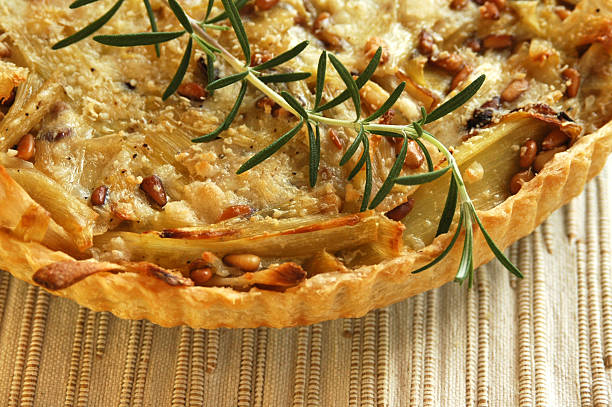
Not letting the quiche rest 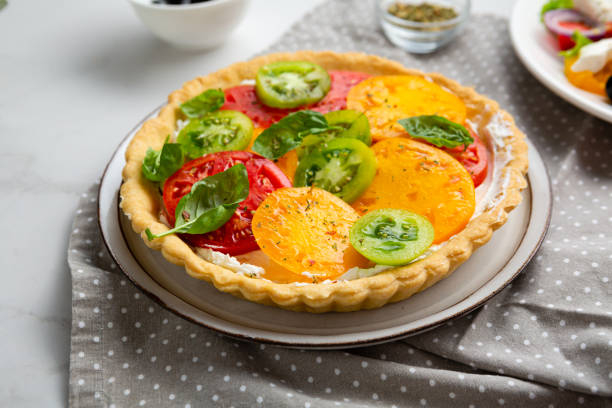
Not letting the quiche rest
















